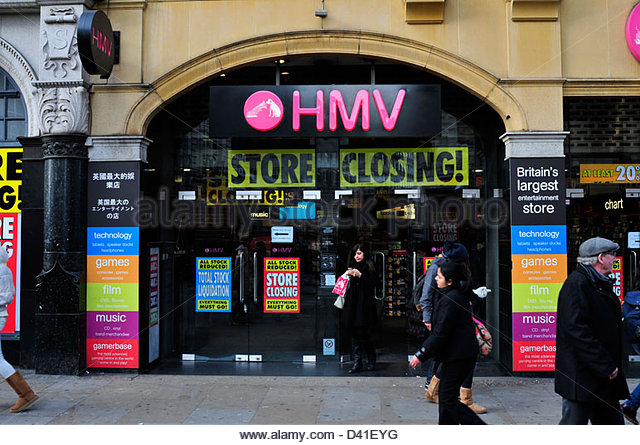Until the 2000s, the retail aspect of the record industry was about music and community as much as commerce. The “record store” (as I will always refer to it), was a place to gather, hear new music, and connect with other music lovers. Like many other young people who sought to turn my love of music into a career, my first industry job was at a store, in my case, the uptown Tower Records in Manhattan. There I worked in the basement in their “Vocal/Soundtrack” department. I went on to work at Arista Records in their sales department, which business parlance for retail. What I learned during that time deepened my respect for the traditions of the brick and mortar music store and its enduring cultural primacy. In today’s digital era, where songs have become “tracks,” we have access to almost everything but we all program our playlists in isolation. The ease of procurement (free, if you prefer) and its attendant ease of disposal (just drag it into the trash) is, for me, a mixed bag. It has made the consumer experience bountiful but, I think, made things far too easy. Is it any wonder so many of us lack the attention span to listen to an entire song anymore?
 All of these thoughts flickered through my mind today while walking down 125th St., just west of Frederic Douglas Blvd. There I spotted all that remains of an old HMV retailer: an attempt at a walk of fame in the sidewalk from 2000—just three filthy brass plaques acknowledging Harlem’s musical history saluting Nina Simone, Hal Jackson, and Duke Ellington. Who might have imagined that just 16 years later, more than tributes to three unique artists, these grimy squares would serve as grave markers for the retail business model itself?
All of these thoughts flickered through my mind today while walking down 125th St., just west of Frederic Douglas Blvd. There I spotted all that remains of an old HMV retailer: an attempt at a walk of fame in the sidewalk from 2000—just three filthy brass plaques acknowledging Harlem’s musical history saluting Nina Simone, Hal Jackson, and Duke Ellington. Who might have imagined that just 16 years later, more than tributes to three unique artists, these grimy squares would serve as grave markers for the retail business model itself?



